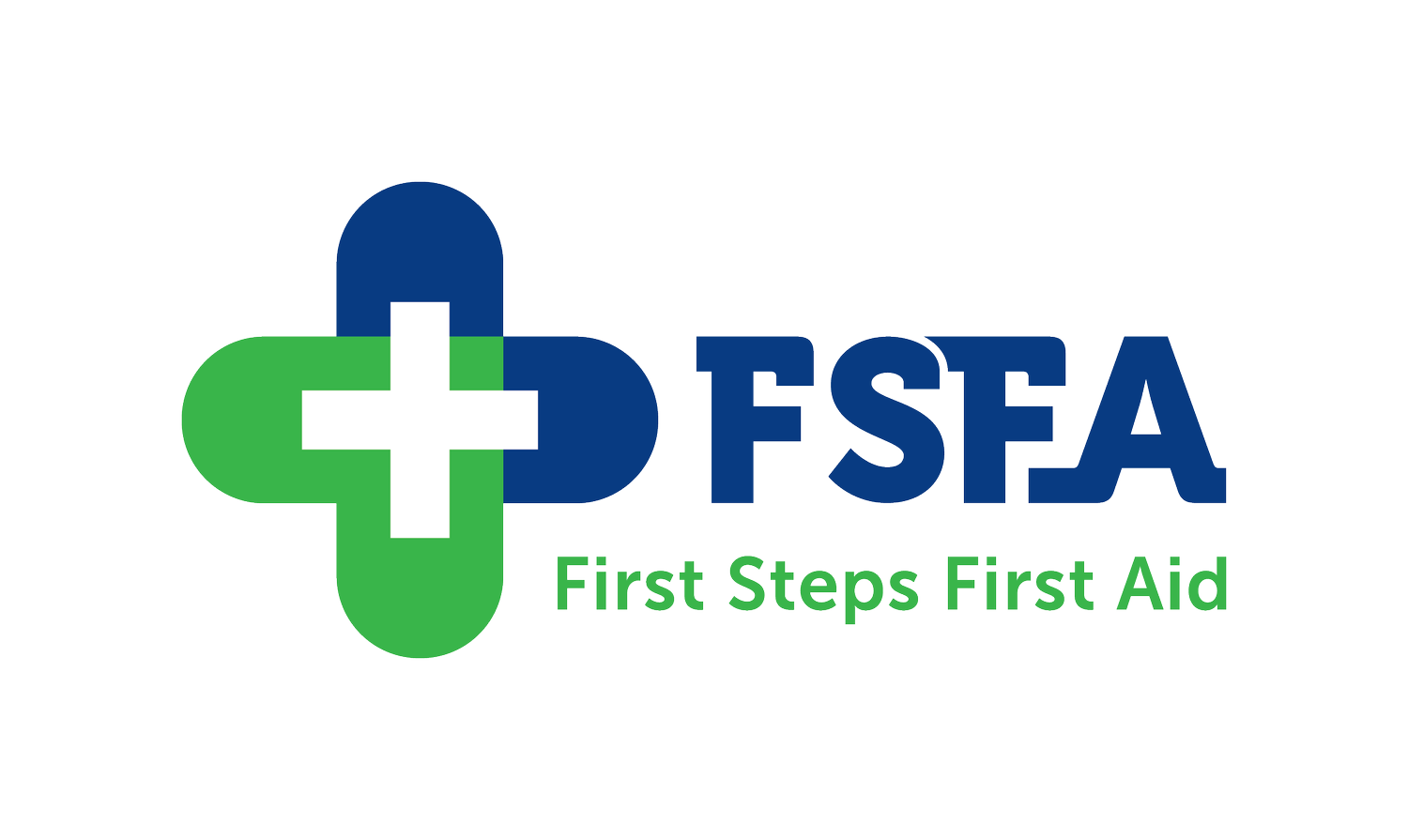Navigating Coeliac Disease in Children: A Guide for UK Parents.
As a parent, ensuring the health and well-being of your child is a top priority. One condition that has gained increasing attention in recent years is coeliac disease. If you're a UK parent who suspects or has received a diagnosis of coeliac disease in your child, you're not alone. This blog post aims to provide you with valuable insights and practical guidance on understanding and managing coeliac disease in children.
Understanding Coeliac Disease
Coeliac disease is an autoimmune disorder triggered by the consumption of gluten, a protein found in wheat, barley, and rye. When a child with coeliac disease consumes gluten, it causes an immune response that damages the lining of the small intestine. This damage can lead to malabsorption of nutrients, causing a range of symptoms and potential long-term health issues
Recognising Symptoms
Coeliac disease symptoms in children can vary widely and may include:
Digestive Issues: These can range from abdominal pain, bloating, diarrhoea, constipation, and vomiting.
Growth and Weight Issues: Slowed growth, failure to thrive, and weight loss might be indicators.
Fatigue and Irritability: Children might experience tiredness, irritability, or changes in mood.
Skin Problems: Skin rashes like dermatitis herpetiformis could be present.
Nutritional Deficiencies: Lack of essential nutrients might lead to anaemia, osteoporosis, and other concerns.
Diagnosis and Testing
If you suspect your child might have coeliac disease, it's important to consult a healthcare professional. Diagnosis usually involves a combination of blood tests, such as tissue transglutaminase (tTG) antibodies, and an intestinal biopsy. The National Institute for Health and Care Excellence (NICE) guidelines in the UK provide a framework for diagnosis and management. https://www.nice.org.uk/guidance/ng20
Gluten-Free Living
The cornerstone of managing coeliac disease is adopting a strict gluten-free diet. As a parent, this might feel overwhelming at first, but with time and education, it becomes manageable. Key tips include:
Education: Learn to read food labels to identify hidden sources of gluten. Familiarise yourself with gluten-free grains and foods.
Whole Foods: Focus on whole, unprocessed foods like fruits, vegetables, lean proteins, and naturally gluten-free grains like rice and quinoa.
Gluten-Free Products: The availability of gluten-free products has increased in recent years. Look for the "Crossed Grain" symbol, which indicates certified gluten-free products.
Safe Cooking Practices: Prevent cross-contamination by using separate utensils, toasters, and preparation areas for gluten-free foods.
School and Social Situations: Communicate with your child's school and social circle about their dietary needs. Many schools in the UK are experienced in catering to children with coeliac disease.
Support and Resources
The journey of managing coeliac disease is made easier with a strong support system and access to reliable resources:
Coeliac UK: This national charity offers a wealth of information, support groups, and resources for families dealing with coeliac disease.
Healthcare Professionals: Regular follow-ups with a paediatric gastroenterologist and dietitian can ensure your child's nutritional needs are met.
Online Communities: Engage with online forums and communities of parents facing similar challenges. Share experiences, recipes, and tips.
Being a parent of a child with coeliac disease may present challenges, but with knowledge and a supportive network, you can provide your child with a healthy and fulfilling life. By understanding the symptoms, diagnosis process, and adopting a gluten-free lifestyle, you're taking important steps towards helping your child thrive. Remember, you're not alone on this journey – Coeliac UK has a wealth of resources and support to guide you every step of the way.
